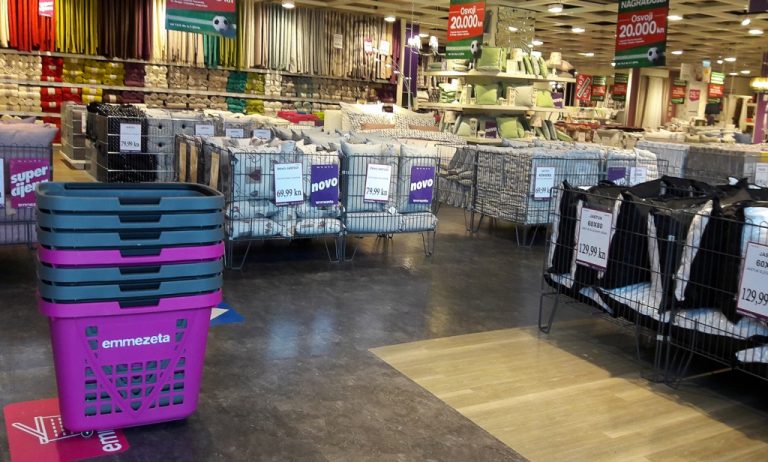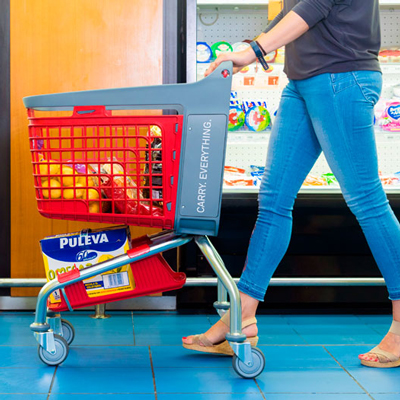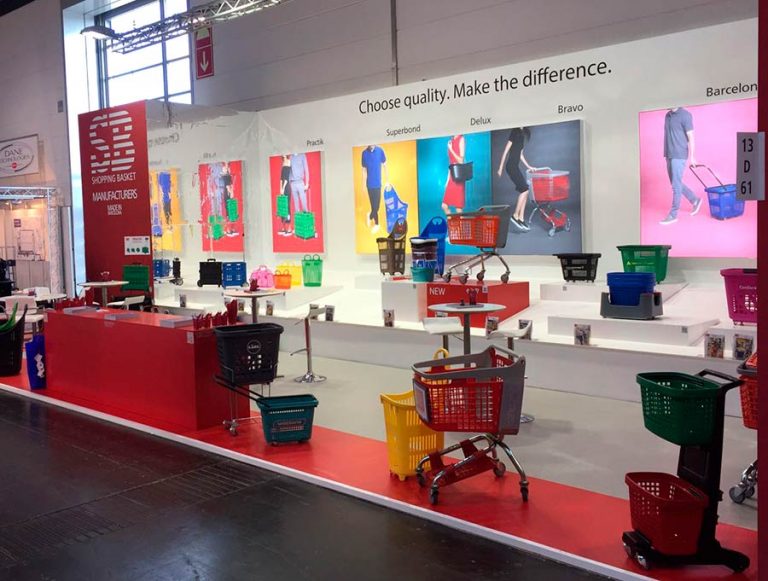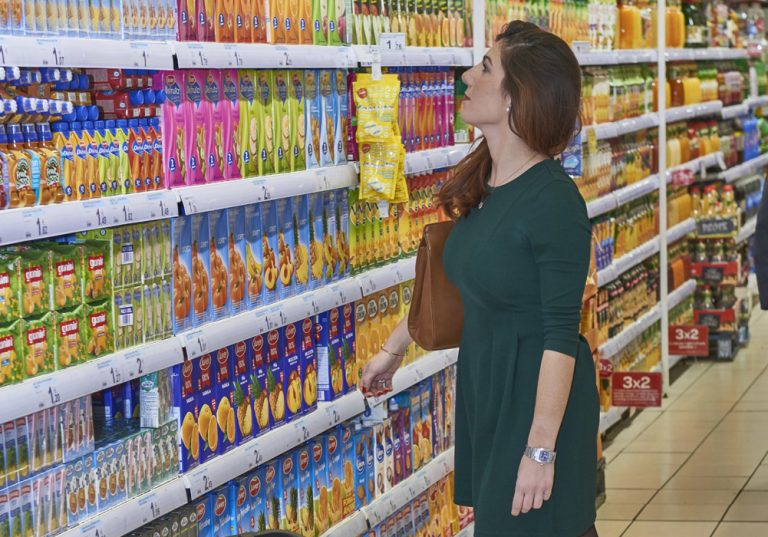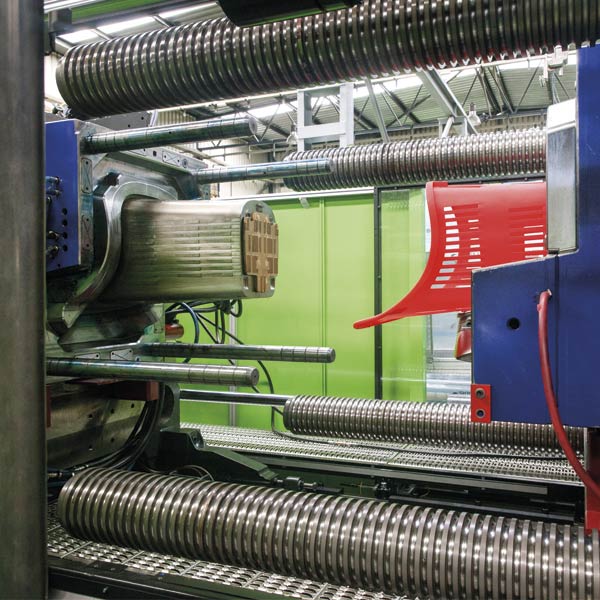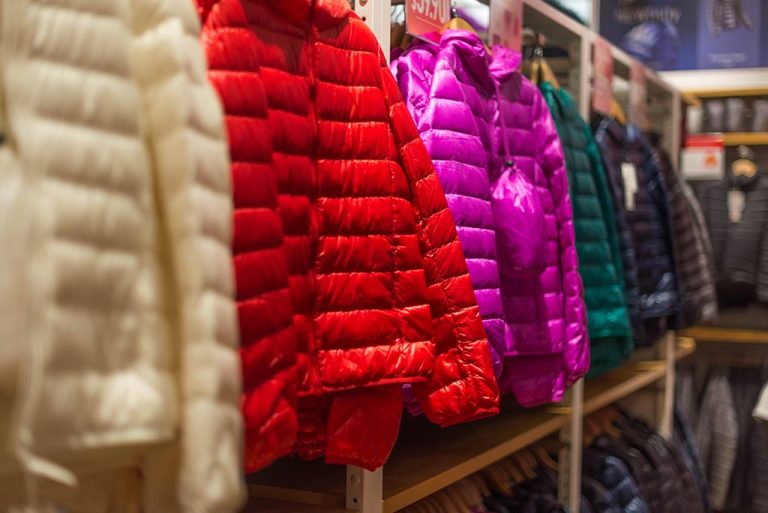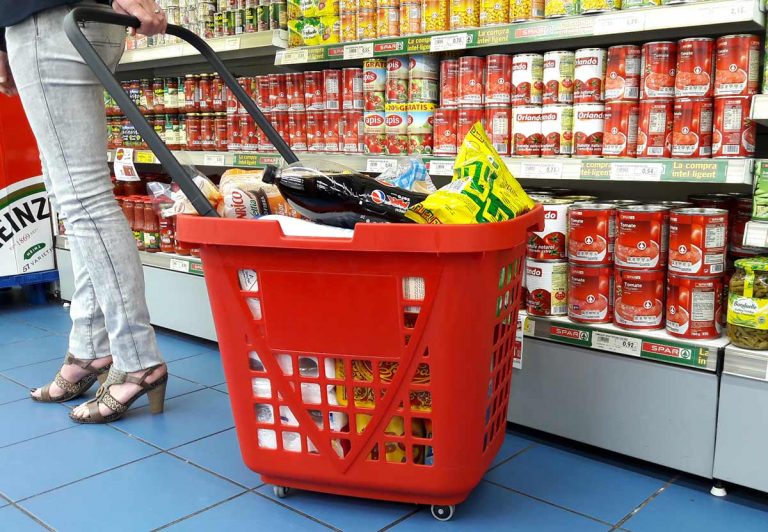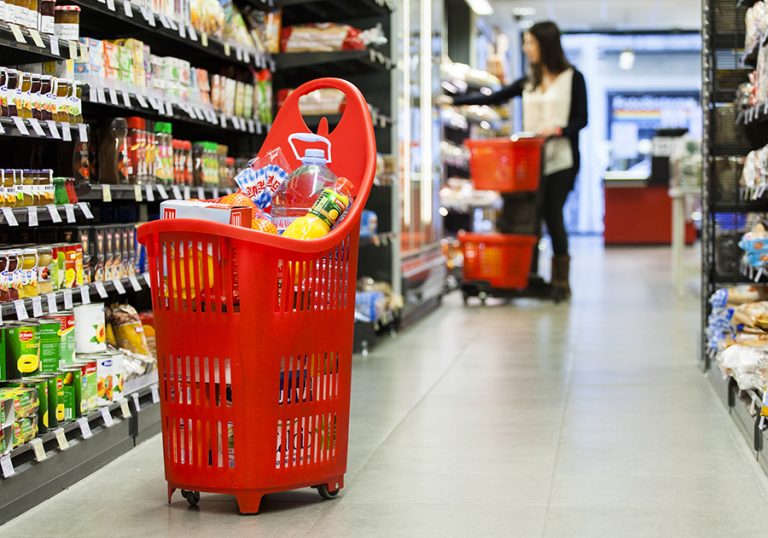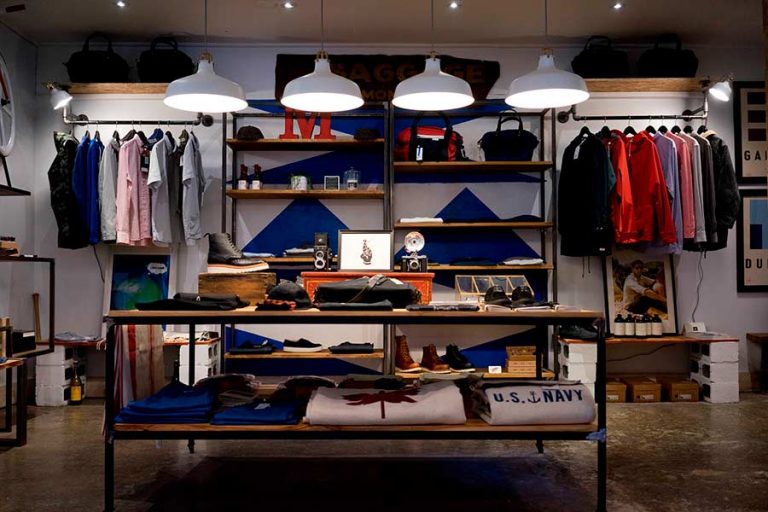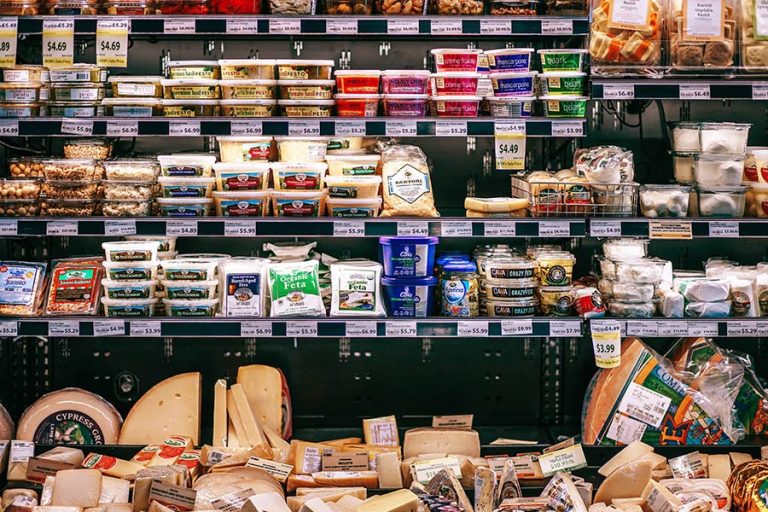Customer loyalty has been changed irreversibly
Traditional schemes such as accruing points, couponing, or discounts with volume purchased were all that loyalty programs were constructed upon for decades. But 2025, the future of customer loyalty, is being redefined.
Currently, customer-store relationship is built upon individualized experiences, spectacular rewards, and value creation that goes far beyond the transactional plane. Discounting is no longer enough—you need to create an emotional rapport with the customer.
Trends redefining retail loyalty trends
As per insights by Forbes Tech Council and current shifts within the sector, below are a few of the main trends that are creating customer loyalty of the future:

1. Loyalty based on real data
Whereas while rewards are still offered for simple purchases, interaction is also rewarded today. Spending time in stores, answering surveys, uploading products via social media are all new forms of interaction that can be rewarded.
This requires a finer-grained examination of customer behavior and context-sensitive segmentation by interest, and by frequency.
2. Personalized incentives
Loyalty schemes are being made smart. They are using predictive analytics and artificial intelligence to give members rewards tailored to all individuals’ individual pasts and tastes. You like to go out to buy things at weekends? You have favorite products? Everything can be translated into a customized experience.
3. Phygital convergence
Its future is tied directly to the phygital experience. Initiating an activity within the digital realm (example: checking points or being offered rewards) and then finalizing within the physical retail store (redeeming or exploring new benefits) is at the heart of creating seamless and efficient journeys.
This trend also directly relates to our previous discussion regarding phygital as a customer-retention-driving experience.
4. Programs that are socially or emotionally meaningful
More consumers are placing value on meaningful brands. Here, most retailers are redesigning reward programs to include charitable donations, recycling options, or other eco-relevant activities.
Its goal is clear: to create an affinity that goes beyond product and resonates with the consumer’s values.
5. One-of-a-kind experiences as opposed to simple discounts
Rather than highlighting price reductions, new programs attempt to deliver further experiential benefits:
- First chance to see new product launches
- Special in-store activities
- Priority or tailored service
How retail sites can adapt to this new model
Incorporating these trends isn’t necessarily developing a sophisticated or expensive system. The following are a few practical recommendations:
- Including points systems that also incentivize non-transactional activities, like referring a friend or leaving a review
- Creating a segmented database to provide targeted promotions
- Using smart tags or QR codes that offer direct access to rewards from products themselves
- Including a simple app that intertwines the customer’s digital and real-world interaction
- Even a small step, like offering a more thoughtful in-store experience or indeed remembering a customer’s purchasing history, can be very meaningful.

Benefits of a modern loyalty program
Shifting your loyalty strategy has very tangible advantages:
- Improved retention: Customers with evident functional advantages are likely to return
- Higher spending averages: Regulars go multiple times and spend with confidence
- Brand ambassadors: Authentic experiences build word-of-mouth advocacy
- Actionable data: Each interaction gives you insights to enhance your value proposition
Future of Loyalty as a Driver of Growth
Loyalty isn’t an afterthought—it’s a growth strategy. With all those choices and channels out there, getting a customer to choose your store again is at once challenge and opportunity.
Knowing why they exist, delivering value that isn’t correlated to price, and making all touchpoint experiences uniform are recipes for differentiation.


